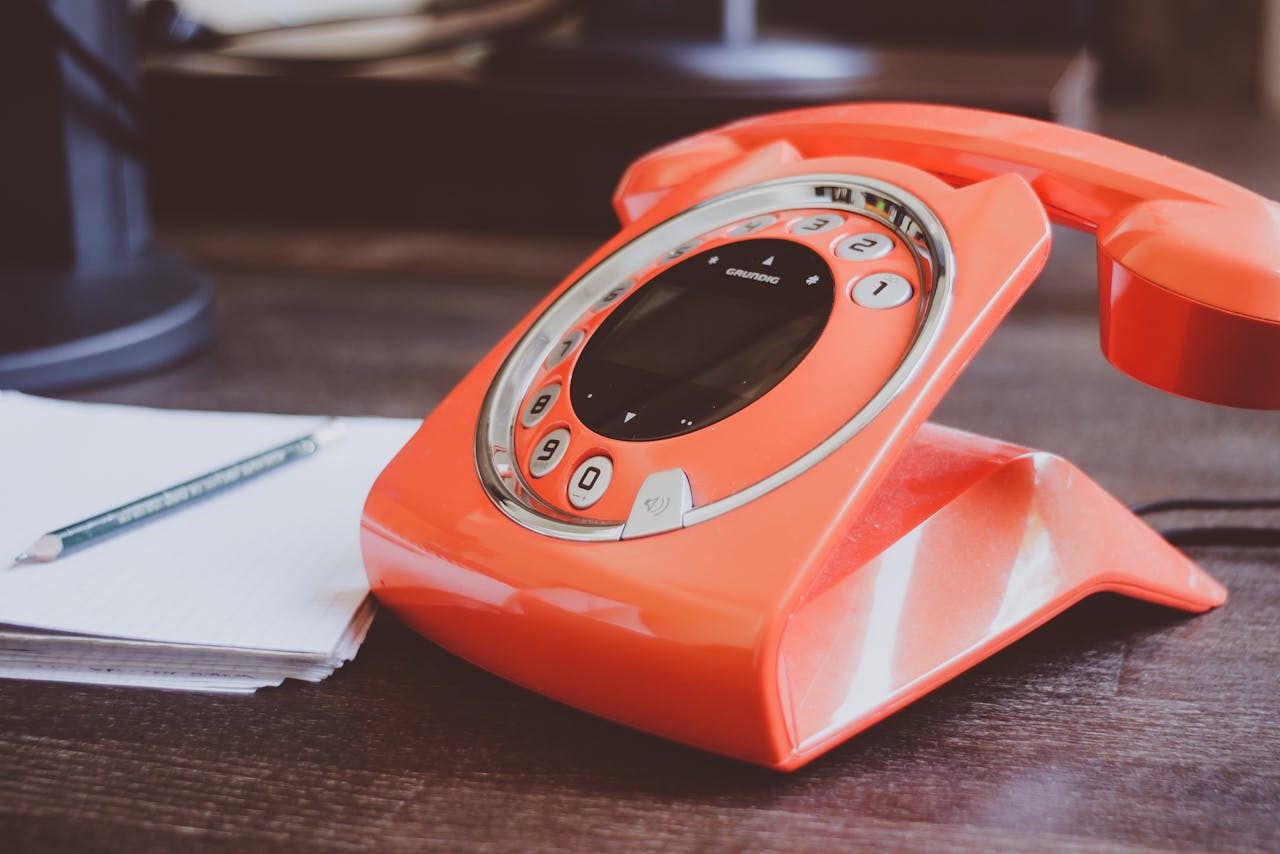Crafting Captivating Digital Narratives in Today’s Business World
Introduction to Digital Storytelling
In the vast digital landscape, storytelling emerges as a potent tool for engagement. Successful digital narratives captivate audiences with a blend of creativity and strategy. Engaging a cybersecurity PR agency can help craft narratives highlighting expertise while maintaining engaging content for businesses, especially those in tech sectors. The digital age demands stories that inform, inspire, and entertain. But what exactly makes a story compelling in a digital format? It’s not just about stringing words together but weaving a tapestry of narrative that resonates deeply with diverse audiences across various platforms.
The Anatomy of a Compelling Digital Narrative
Every great story begins with a solid structure. In the digital realm, this means wrapping your message in a compelling introduction, leading the audience through a developing middle filled with conflict or intrigue, and concluding with a satisfying, thought-provoking resolution. By knowing the essential components of a great story, business messaging may be transformed into attention-grabbing tales. This grabs attention and fosters retention, making complex information accessible and relatable. Additionally, incorporating real-life scenarios or customer experiences can provide authenticity and genuine appeal.
The Role of Multimedia in Storytelling
Incorporating multimedia can elevate a narrative, providing a richer, more immersive experience. Digital narratives are not confined to words alone; they leverage visual and auditory elements to enrich stories. Images, videos, and infographics can break up text and provide visual appeal, ensuring content remains engaging and memorable. Multimedia elements engage multiple senses, creating an interactive environment that captures and holds the audience’s attention. A business’s narrative becomes heard, seen, and felt, enriching communication and making information consumption much more dynamic. This approach also supports a range of learning styles, regardless of the audience’s preferred form of content engagement—reading, viewing, or interaction.
Connecting Emotionally Through Storytelling
Emotional connections can be made through stories. They allow businesses to share values, create empathy, and forge a bond with the audience. Leveraging storytelling can turn abstract data into relatable scenarios. For example, a narrative depicting how cybersecurity measures to safeguard personal stories can humanize data protection by valuing personal security over mere technical jargon. Passive readers can become active participants, brand advocates, and even allies if you tell them stories that emotionally connect with them. A closer bond with the audience is formed by this emotional connection, opening the door to more engagement and loyalty.
The Importance of Clarity in Writing
Being explicit guarantees that your message will be understood as intended. Concise language and clear structure can enhance readability and improve user engagement. Achieving this balance of depth and simplicity is crucial in today’s fast-paced digital environment. When content is easily digestible, it respects the reader’s time, fostering trust and sustained interest. Ensuring every sentence serves a purpose avoids clutter, making the message more powerful. By maintaining brevity and clarity, businesses can communicate effectively without overwhelming their audience, making the narrative engaging and informative.
Emerging Trends in Digital Storytelling
As technology evolves, so do storytelling techniques. Augmented reality and virtual reality offer new platforms for narrative immersion, enabling stories to be more dynamic and interactive. Any company looking to stay ahead of the digital curve can gain new insights by seeing how these new storytelling trends alter audience engagement. These technologies open doors to innovative narrative experiences, allowing audiences to become part of the story rather than just passive recipients. Additionally, AI-driven content personalization shapes how stories are delivered, tailoring experiences to individual preferences and behaviors.
The Importance of Feedback and Adaptation
Content is a living entity—it must evolve with your audience’s needs. Regular feedback loops and performance analysis offer insights into adapting and refining your storytelling approach for continual engagement. Gathering feedback allows businesses to tweak content to meet audience expectations better and maintain relevance. Continuous adaptation means keeping the narrative elastic, enabling enterprises to pivot with new information and trends, and ensuring the message resonates with changing audience dynamics and preferences. This iterative approach ensures that digital narratives remain vibrant, relevant, and impactful.
Crafting Your Own Story
Crafting a digital narrative is both an art and a science. By combining core storytelling principles with innovative digital tools, businesses can create captivating stories that resonate deeply with their audience, leaving a lasting impact. Each tale told offers an opportunity to connect, engage, and inspire action. By embracing creativity, authenticity, and strategic insight, businesses can develop narratives that inform and elevate their brand, fostering a robust connection with their audience that transcends superficial engagement.





